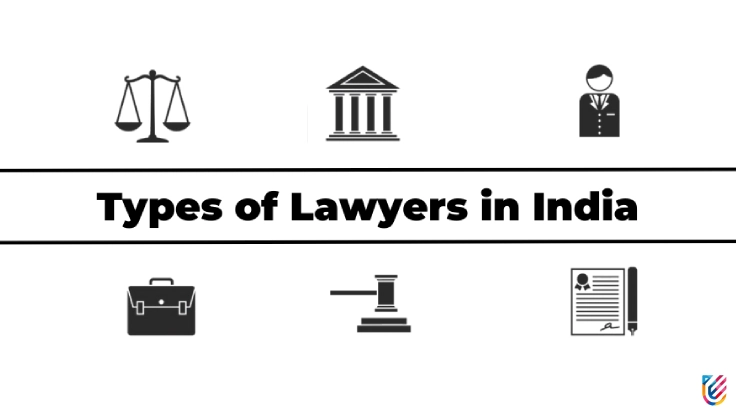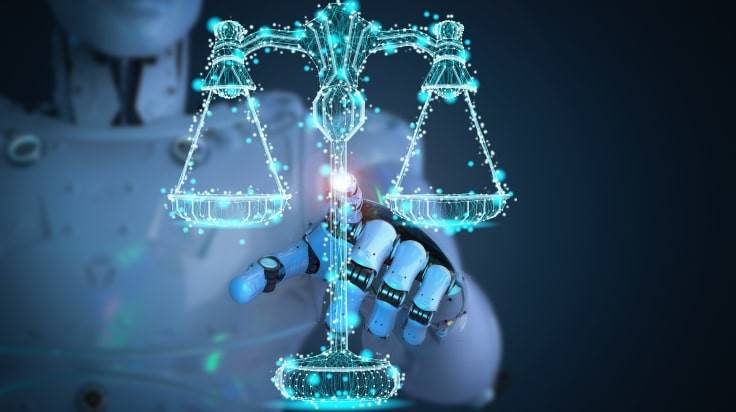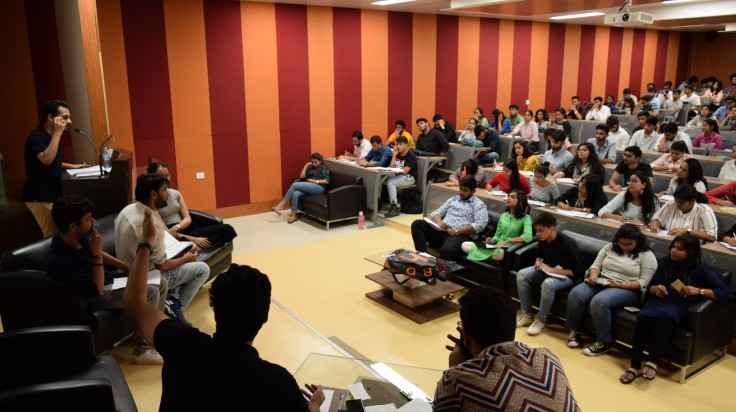Dominion Expansion and the Anastomosis of AI and IT Sectors: A Futuristic Vision
- Dr. Gagandeep Kaur
- Published 10/11/2023

Every substance in nature is subject to constant change, as change leads to transformation and ultimately results in progression and development. Such variation not only affects the very nature of the subject matter but also changes the future course as well. Similarly, mankind has witnessed divergent transformational changes in its journey of civilizational development. From the discovery of fire, the wheel, and agriculture, to the Industrial Revolution every phase has manifested the progression of human civilization.
The current century is dedicated to technology. It won’t be an exaggeration to say that we are in the age of superior technologies. It is evident that the changes technology has brought to humankind have been unimaginable. Technology in every field has catalysed drastic changes. The focal center chosen for this discussion is the artificial intelligence and information technology sectors. The selection of these sectors for the discussion has deliberate reasons. These sectors not only share the common genesis of computer technology, but the expansion has also brought exceptional transformation to every aspect of human lives.
The Industrial Revolution was a milestone, not only in terms of the industry, but it also led to changes in social pedigree. The manufacturing processes that were being performed manually became mechanical, resulting in large-scale production, catering to the needs of the larger population. Stakeholders were flabbergasted by the progression that led to an increase in their financial and social standing. They were unaware of what the future held for the industrial sector.
A new storm in the form of a technological revolution was waiting to sweep away the industry. Information technology was not just a milestone in human civilization; it was, moreover, the transmutation of human civilization from mechanical to virtual. The Industrial Revolution resulted in transformation within territorial limitations, whereas the information technology revolution resulted in the eradication of terrestrial limits, making the entire world a virtual village.
Transmission of information that used to take several days to be delivered became a matter of seconds with IT. Information technology exhibited the potential not only in one aspect but also became the starting point for the unfolding of a series of events. The industry that was manual became mechanised, and with the infusion of IT, it turned computerised, changing the entire facets of the industry. The moment it was thought the IT sector had revealed its full potential, a new facet of IT began to emerge in the form of digitalisation.
Digitalisation resulted in the enhanced capability of technology to compress a large amount of information into smaller devices. When it was felt that technology reached its penultimate level, a new concept in the series that began with the Industrial Revolution emerged, known as automation. However, as far as terminologies are concerned, automation is an element attached to the industry and information technology. Here, the automation we are discussing is related to another facet of technology known as artificial intelligence. Artificial intelligence is, moreover, a replication of the complex structure and working of the human brain.
The research and development in the field of information technology expanded the digital market, and several types of gadgets made it to the market, but AI converted the entire digital market into smart markets, which is a market with smart devices and applications. These applications use narrow artificial intelligence to perform functions, though they are very basic. Software applications using artificial intelligence have become more human interactive, like voice or face recognition applications.
On the other hand, the humanoid is being infused with general intelligence, making them capable of gathering data, analysing it, and using that data to make the machine learn to perform and act similarly to humans, including deep learning. These machines infused with artificial intelligence are showcasing the potential of more than a superhuman; still, these humanoids require human supervision. If it is said that artificial intelligence has reached the saturation point in the form of humanoids, it appears that the journey has just begun.
The next step of technology will be more revolutionary. We are talking about explainable artificial intelligence. Where the current AI requires human supervision, explainable AI shall have the capacity to supervise humans. That is the reason that apprehension has emerged that the coming human generations shall become the slaves of technology. With the growing progression of artificial intelligence, it appears this thought might get converted into reality.
The author(s) believe that looking at the current trends, human survival without technology seems unimaginable. But before technology takes over humanity, it is necessary to strike a balance between the development and the progression of technology. There is no doubt that technological advancement is necessary to deal with the problems of the current and coming decades; however, it can’t be at the cost of humanity. Hence, the author(s) advocate for more sustainable technology in human development, be it AI or any other.
Dr. Gagandeep Kaur
The writer is Dr. Gagandeep Kaur, Associate Professor, UPES School of Law
UPES Admission Enquiry
Subscribe to UPES Blogs
Join our community for exclusive stories, insights, and updates
By clicking the "Subscribe" button, I agree and accept the privacy policy of UPES.



























